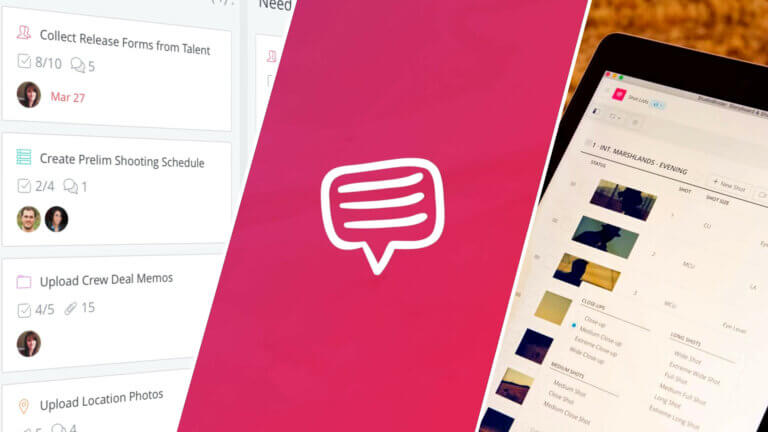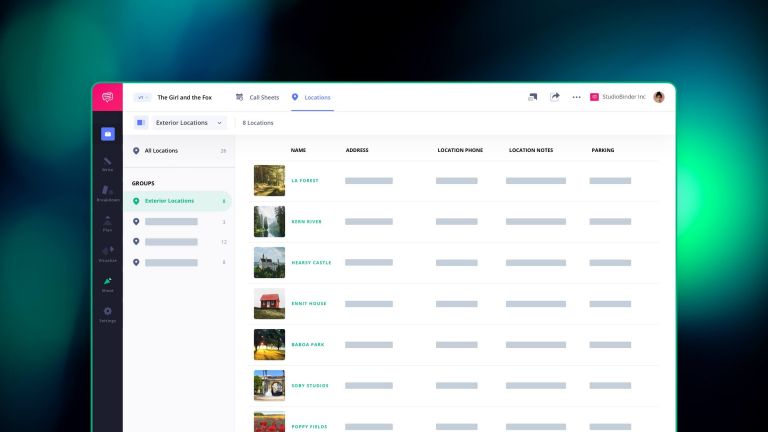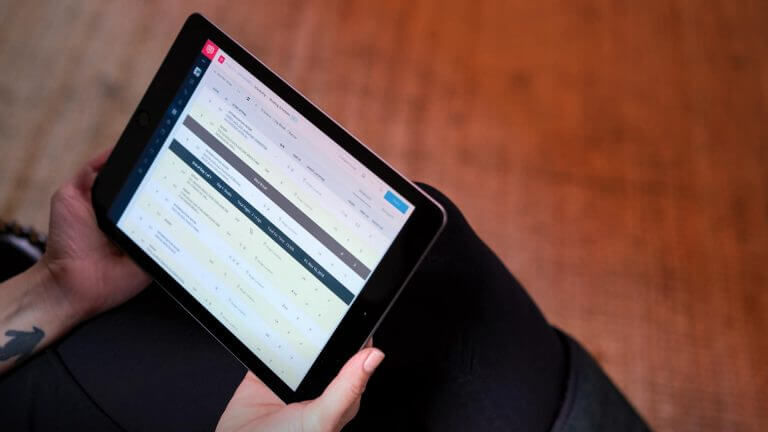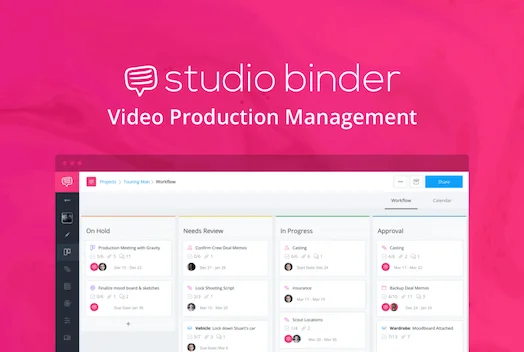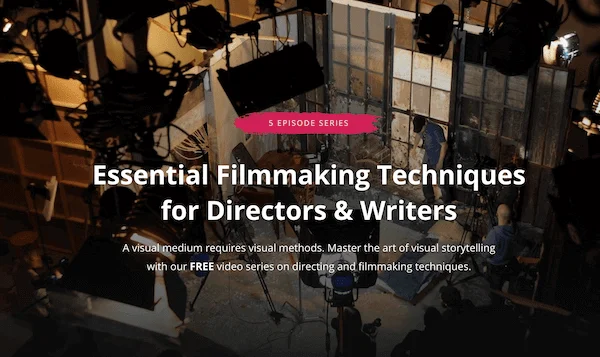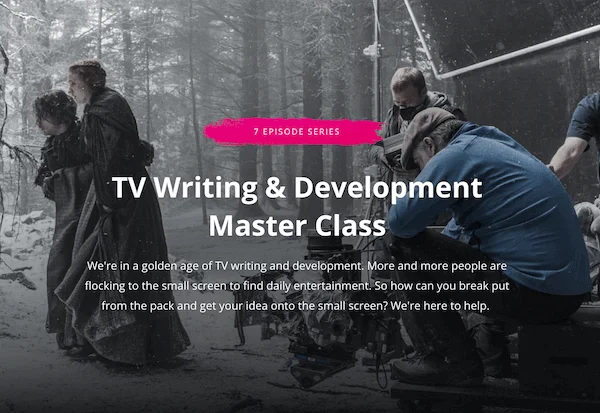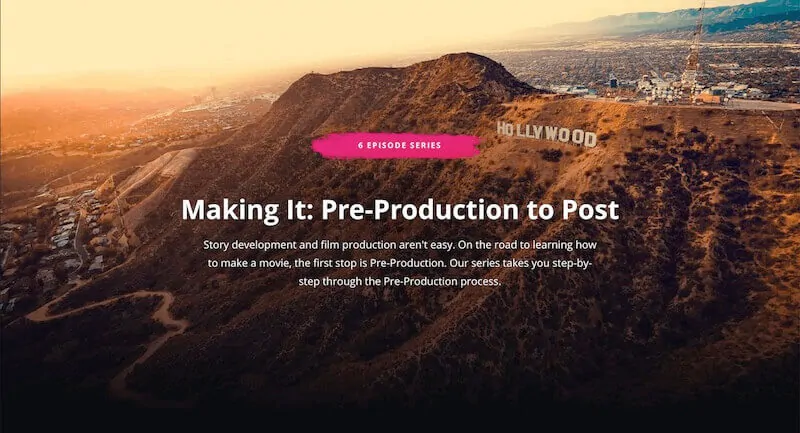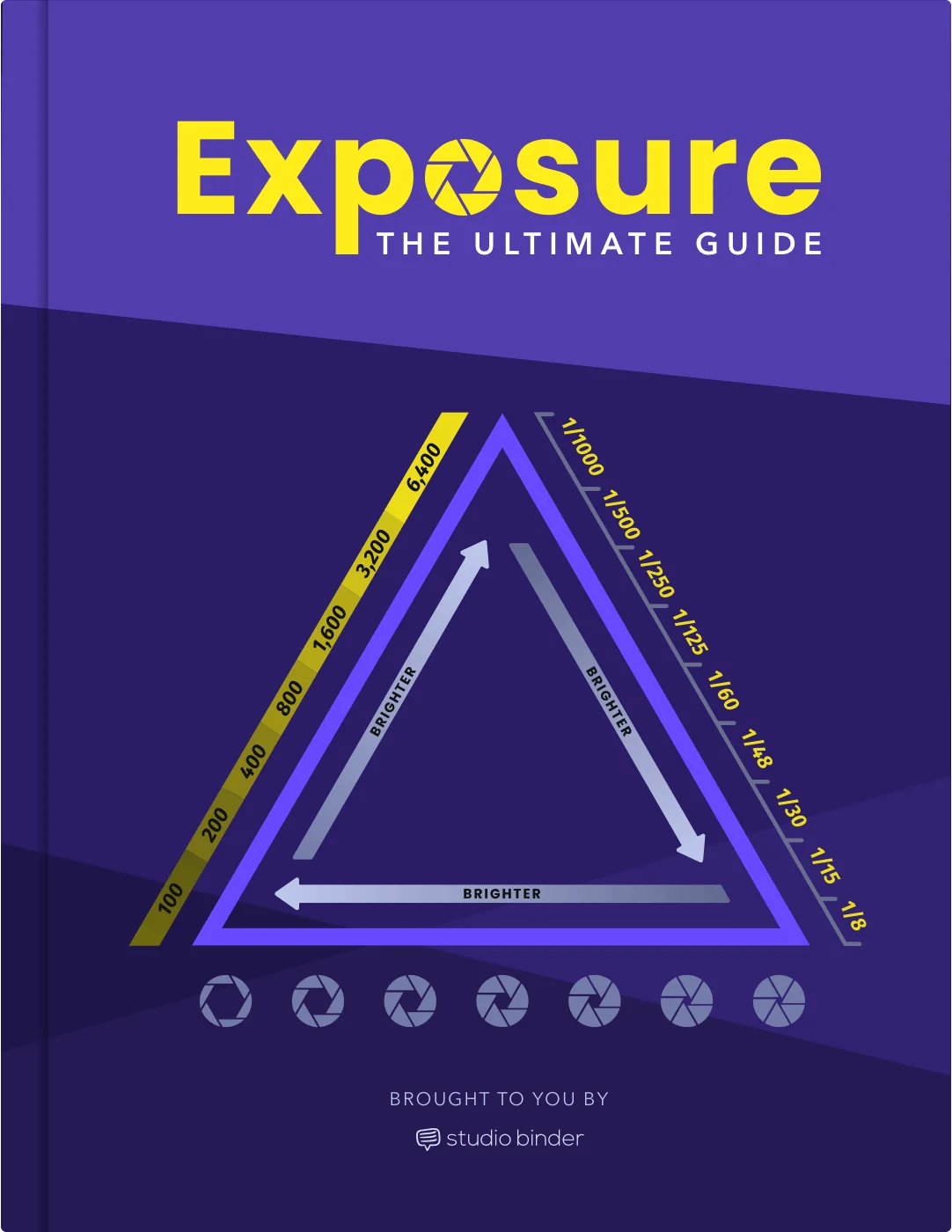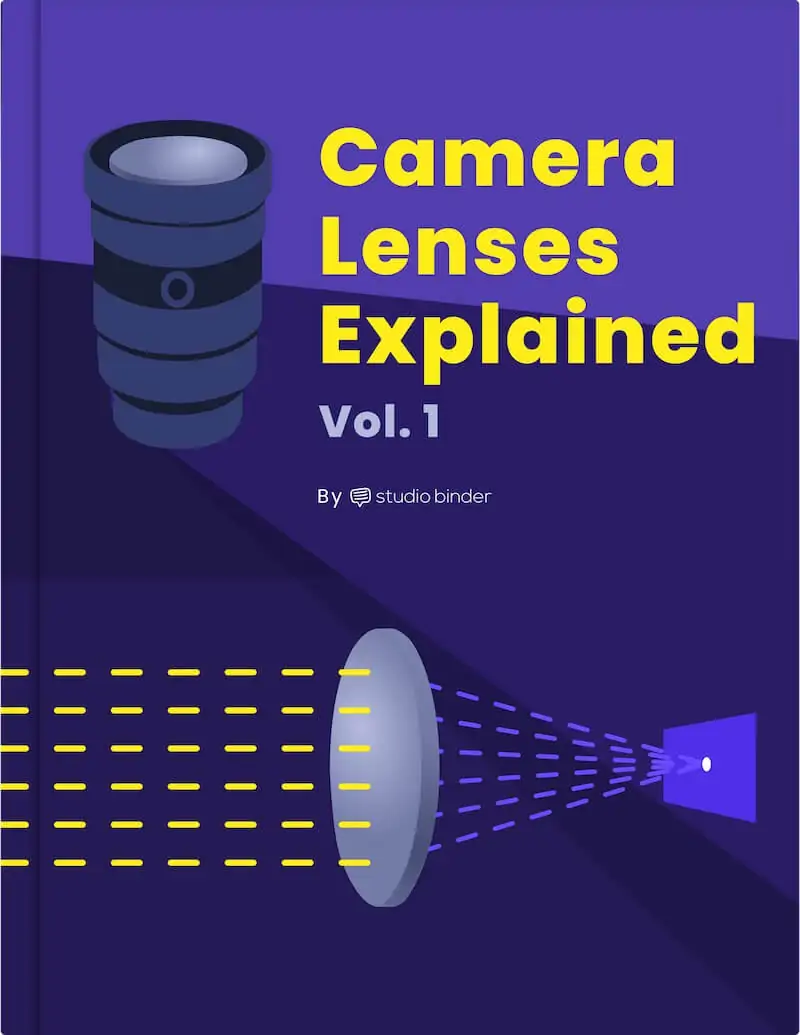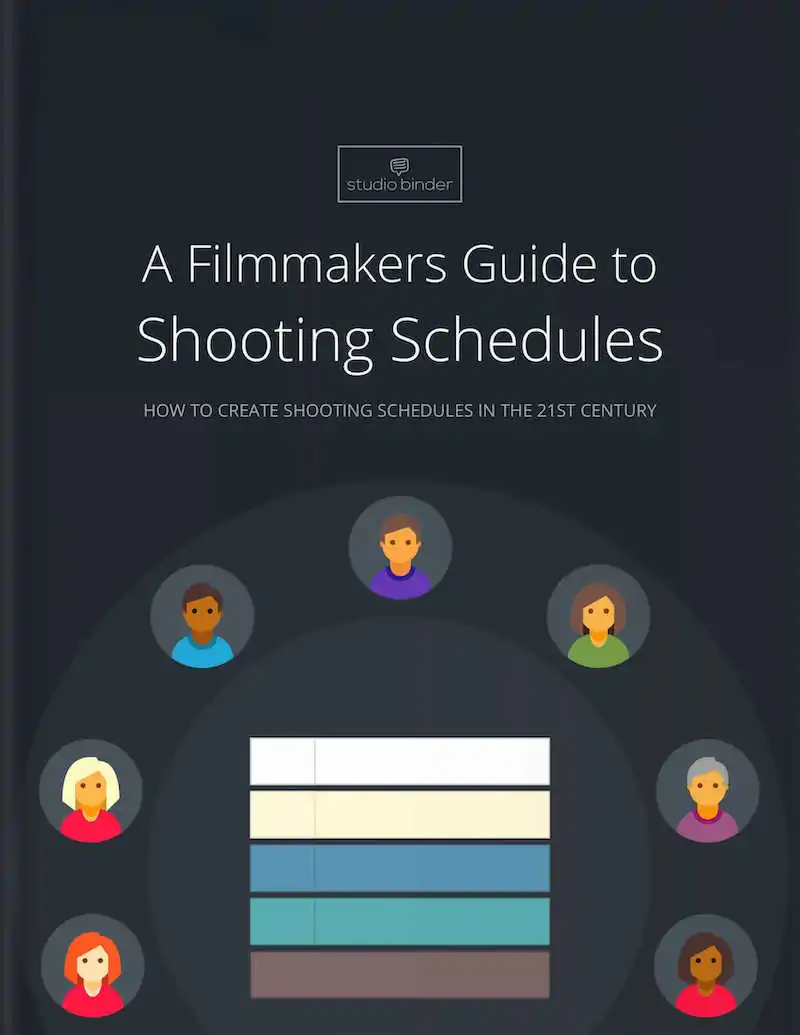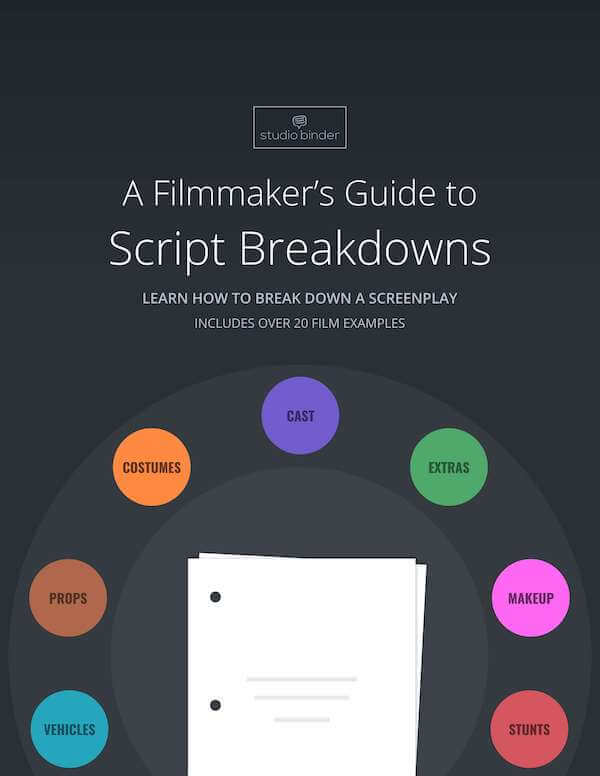As your filmmaking career progresses you’re going to be working with more and more people all the time. Each new project might be a completely different crew than the last. So, how do you manage this with a production software? Well, with StudioBinder’s Collaborator feature it’s as easy as typing an email. Come along for a step-by-step guide to using StudioBinder’s collaborator feature. Continue reading How to Use StudioBinder’s Collaborator Feature Like a Pro
The script has been written and your project has progressed to the point where you’re ready to start planning the production, but maybe it’s your first time. If you didn’t happen to go to film school like myself, it can be hard to know where to start and what comes next. This is where I use StudioBinder’s task card feature to layout to-do lists, so I always know what’s done and what’s up next. Come along as I set up a project by adding task cards to individual pages of my project. Continue reading How to Set Up a Project…
INT. BATHROOM, EXT. SANTA MONICA PIER, EXT. NEW YORK STREET. What do all of these have in common? Well, first of all, they’re all scene headings, at least two-thirds of one. Secondly, they’re all different places or locations. There isn’t a set rule on how many locations to include in a script, but remember that each location comes with its own set of logistics. It used to be that you’d put the information into a spreadsheet, copy and paste as needed. That becomes redundant quickly. StudioBinder’s locations page makes this process easier by allowing you to input the information once.…
Time equals change, and unless your entire script takes place over a single day or in some alternate universe where time doesn’t exist, you’re going to have multiple days, months, or even years to account for. Storylines are not always written in chronological order, and rarely are they shot in order. So how are you supposed to keep track of all of this? Story days. By marking story days throughout the script, you have a quick reference of when you are in the story. Follow along as we go step-by-step on how to mark story days in your script. Continue…
Not every scene is written equally. Especially when it comes to scheduling. You might have a scene that is only five eighths of a page, but is action packed. Which means you might have to schedule that single scene over multiple days. Now, typically when a script is at the stage of being scheduled, there aren’t going to be any major changes. However, scripts and therefore schedules are ever evolving. That’s why being able to adjust scenes on the fly is crucial. Follow along for a step-by-step process on how to split a scene for scheduling purposes.Continue reading How to…
Every story ever created started with one thing: an idea. Now, how that idea is developed and brought to life changes from person to person because everyone’s “process” is different. So, why am I telling you this? Well, the hope is that by showing you one of my processes and how StudioBinder’s project features fit into that process, you can then in turn customize your project to fit your process. Come along as I develop an idea for a script using project features. Continue reading How to Brainstorm an Idea in StudioBinder
If you’ve ever been an AD on a production you know how massive a shooting schedule can become, especially on a feature. So much so, that when printing one out, you should probably add a line to your budget for paper and ink. That’s where our dear friend the one-liner comes in. Follow along for a step-by-step on how to create a one line schedule that can save you time and money on your next production.Continue reading How to Create a One Line Schedule for Any Production

